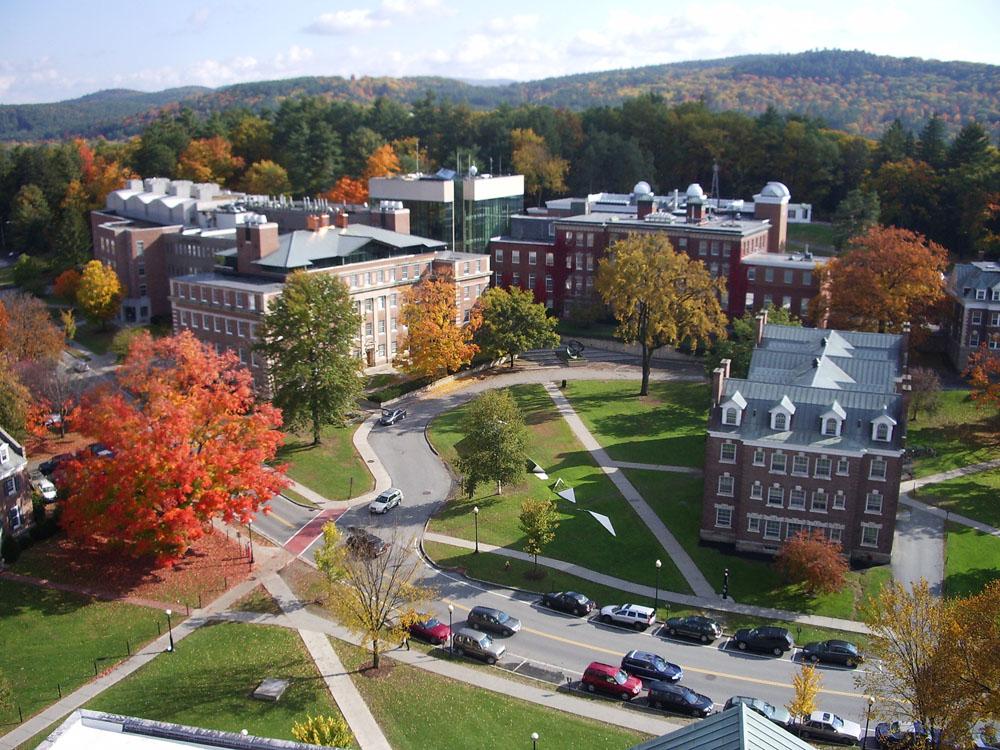Since 1978, there has been a 1,120 percent increase in the cost of college tuition, according to Businessweek.com. The cost far surpasses the cost of living, which rose 300 percent in the same time period.
College tuition—whether public or private—has increased, dramatically. Many students wonder why—not to mention how colleges spend that money.
Matthew Dempsey, the Assistant Director of Admissions at Fairfield University, explains that tuition at a private school pays for everything from salaries and building maintenance to faculty and programs.
“You go to a college and you notice if they have new dorms or new athletic fields. You say, ‘Hey, that college has this new stuff and that college doesn’t.’ Tuition and donations goes towards paying for those things,” Dempsey said.
The rise in admissions costs can be attributed in part to the growth in wages for highly educated, professional employees; the growth outstrips the inflation rate, said Phil Lentz, Director of Public Affairs at New York University (NYU). College professors are part of the group, so their higher wages must be factored into tuition rates. In addition, he said, there is “more competition among universities for faculty, which helps drive up wages and benefits.”
Finally, Lentz said, public colleges and universities rely on state funding, which has been diminishing over the past years due to state budget shortfalls. The shortfall is often made up by tuition increases.
“There are the costs to repair the roads, the costs to build bridges and as those things rise, funding for universities falls. Our costs stay the same even though funding has been reduced,” agreed Garrett Cottrell, an admissions counselor from the University of Maryland.
Private schools which traditionally have charged more for attendance do not rely on now-diminishing state funding, and nearly 100 private (and some state) schools have endowments that exceed $1 billion.
Some students are aware that the colleges to which they are applying have large endowments. Students wonder why they should spend their family’s money on an institution, such as NYU, that already has a $2.7 billion endowment.
“It doesn’t make sense to me that the thousands of dollars I pay in tuition adds almost anything to a college compared to these huge endowments,” said Taylor Jacobs ’14.
According to Lentz, endowments are not meant to pay for daily operating expenses. Instead, they’re seen as investments that are part of a longer-range strategy, similar to a family’s investments.
“The income from our endowment—typically from stock dividends and interest acquired from bonds—is used primarily to support the faculty through salaries and benefits, and to provide financial aid to our students. Our endowment this year is expected to generate $95 million in income, which is 4 percent of NYU’s $2.3 billion budget,” he explained.
Lentz said additionally that NYU prioritizes fundraising for financial aid.
Although financial aid can help students pay for the increasingly large costs of college, the rapid rise in tuition can affect a student’s consideration of his or her post-secondary plans.
“There is a general consensus that kids in Westport are rich and can afford college, but that is not the case,” said guidance counselor Victoria Capozzi. “More and more counselors are seeing more and more families tell us in their individual meetings that they will be applying for financial aid.”
According to Capozzi, some students end up applying to schools that might not represent their strengths academically so that they can receive a scholarship to help offset tuition costs. Capozzi explained a situation that she faced in which a student had not discussed the financial aspect of college with her parents until the student was ready to send out applications. At that point, her parents informed her that they would only pay for a college as expensive as UConn, where the yearly tuition is $8,712 for in-state applicants. Many of the schools that this student was about to apply to cost more than $40,000.
“As counselors, we encourage, publicize, and preach that families of juniors have a financial conversation now, as juniors,” said Capozzi.
The increase in tuition costs has caused unease in the student body.
“I just feel like, with college, tuitions increasing so much, a student’s first choice college may not even be in the ballpark, not because they don’t have the grades, but solely because they can’t afford it. It just seems kind of sad that money is becoming such a big part of the college process now,” said Caitlin Hoberman ’14.
Cottrell reassures those students who become discouraged just what the tuition is used for.
“Those tuition payments go towards keeping the lights on, our facilities clean, our sidewalks clean, all of those things put together comprise the cost of college education,” Cottrell said. “When a student says ‘I paid $40,000 for that class.’ Well, no—you paid for the faculty member to be there, you paid for the food in the dining hall, and everything that makes up a college campus.”














































